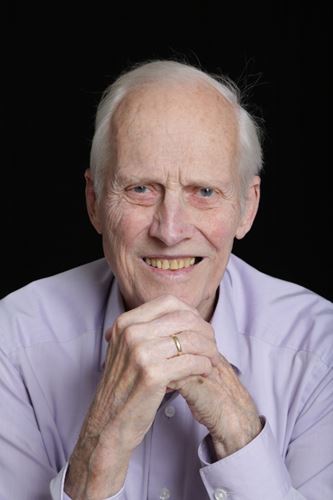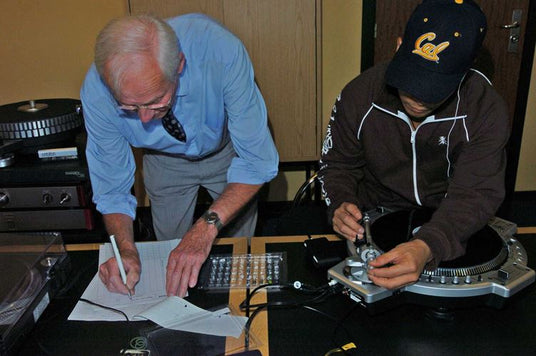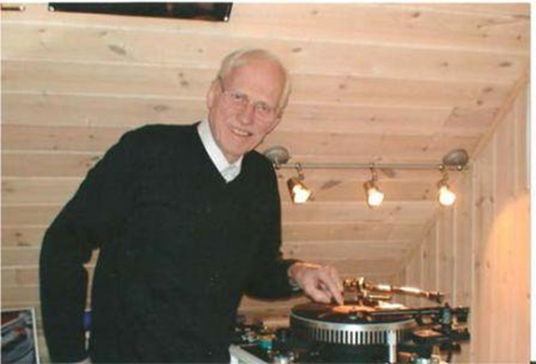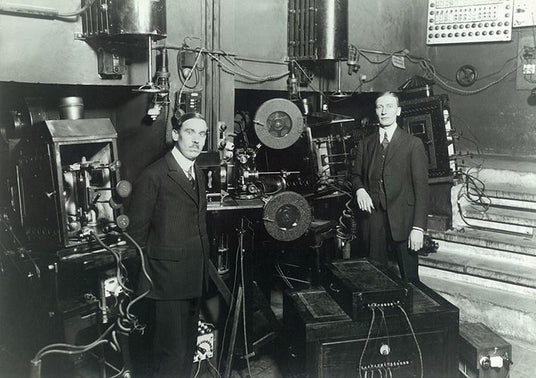
Ortofon's former engineer Mr. Windfeld falls into the category of true HiFi visionaries
Per Windfeld's massive contribution had been a feature of the development of the cartridges all over the world ever since he emerged in the mid-1970s as head of development for the famous MC 20 cartridge, which became the modern successor of the SPU model.
Mr. Windfeld had been responsible for many of the cartridges, that made Ortofon famous, i.e., MC Super Series, Kontrapunkt MC Series, MC Jubilee, MC Rohmann, MC Rondo Series, OM series, Concorde cartridges, and many more.

How many years did you work for Ortofon, and how many cartridges have you developed?
- I was employed by Ortofon from August 1976 until the end of 2006 as chief engineer at the cartridge development laboratory in Copenhagen.
- Oh, that's really a good question. Because, basically a new cartridge design involves a new housing design, a new inside motor system and name, etc. But besides these new cartridges there is always an ongoing upgrading process of the well-known cartridges, the Moving Coils and Moving Magnet models that have been developed over the years, and that for either marketing or technical reasons have to be re-presented with the same name in the same housing in a MkII-version.

What are the reasons for the cartridges upgrade and development?
- A typical reason for such upgrade is the demands for new productions methods, the upgrade of the diamond, the cantilever material, the magnet, the damping components, or exceptional pure winding materials in copper or silver ... Each component can be crucial for the cartridge performance.
These redevelopments are as important as the real news because Ortofon is the company with the broadest cartridge program in the world. My estimation of the number of cartridges that I have developed and influenced since I started at Ortofon could roughly be about 50 models.
Where do the ideas for new cartridges come from?
Over the years this has typically been either a demand from our marketing people or proposals from me, based on possible new technologies or materials observed through our network of sub-suppliers, technical institutes, and universities we often use for special material investigations. Following the material market and new technologies in processing is a very important part of research in development works and has often resulted in thorough new in- and outside designs for the cartridge models. When it's time to look for a new cartridge housing design, we rely on our highly experienced industrial designer to provide a fresh outlook as well as new ideas. Red-hot discussions about the completion of the cartridges and how to agree upon names, colors, materials, etc. will arise between colleagues from different departments such as marketing, the lab, or the production, who all have ideas for the design layout. All the creative ideas are put on the table for several days or weeks and, ultimately, a final decision about the new product will hopefully start to take shape.
Which cartridge do you personally like the best and why?
The Ortofon cartridge program, whether you choose the Moving Coil or the Moving Magnet, is very diverse in sound performance and price to fulfil the very broad requirements among customers. One part wants to pay the price for a linear, more than 30 kHz frequency range MC cartridge to play their precious recordings on an upscale equipment. But for the customers who feel strongly about the hi-fi music reproduction within a variety of music genres, the lower priced MC - as well as the MM cartridges - will also perform a 20 Hz to 20 kHz frequency range. The replaceable stylus-unit on the MM phono cartridges is also much appreciated among our customers. Most customers have also realized that different cartridges will respond differently depending on the quality of the LP-recordings, the type of music, and the overall individual taste of each person when listening. So, that's why you won't get an answer from me about which Ortofon cartridge I like the best. A review from a cartridge magazine can give you some basic characteristics about a cartridge performance, but it will never give you the full story. This depends on your own ears, the speakers, players, amplifiers, etc.
What is some of your favorite music?
That's very easy to answer, because I was brought up with music around me, with my parents playing the piano and the violin. I enjoy listening to live music as well as analog recordings collected over the years with all kinds of music from 16th century composers to traditional jazz to modern composers on my old lab equipment using Ortofon cartridges selected by my ears.
In Memoriam: Interview with the legendary Per Windfeld
The legendary Per Windfeld, the former Chief Engineer, for more than 30 years had been a feature of the High-End culture as Head of the company's R&D.
Per Windfeld passed away peacefully on December 22, 2020.
We shall always remember Per Windfeld and his invaluable contribution to the work of the Ortofon company. Please read this exclusive interview with Mr. Windfeld.

How does one develop a cartridge?
Developing a cartridge is based on the knowledge of a big number of physical laws and mathematics concerning the behavior of oscillating systems, their resonance, magnetic circuits, and the data for various materials involved. But new ideas and theories have to be followed by experiments to prove their validity and to make sure that new concept goals can be achieved. Besides golden-ear listening, tests performed are just as a decisive and a very important part of the cartridge development at Ortofon. Many hours are also spent with all people involved around the table about expected and suggested need for new production methods, tools and equipment to be implemented by our own people. The developement of a new cartridge takes between a few months up to two years depending on the concept.

Why is Denmark so strong in acoustics?
I think Ortofon came to be one of the pioneers among Danish acoustic companies when the two founders of The Electrical Phono Film Company, Axsel Petersen and Arnold Poulsen, presented their invention, the world's first Synchronized Sound Film system, at the Copenhagen Palace Cinema Theatre in 1923, and further, when the world's first Mono moving-coil system was presented in 1948. Nor should we forget how the 1820 discovery of electromagnetism by the Danish physicist H.C. Oersted made possible the invention of acoustic transducers etc. worldwide. So, maybe a DNA gene was spread from those gifted people to all the Danish companies, established to produce microphones, speakers, hearing-aids, acoustic measuring instruments, tape-recorders, radios, and the famous acoustics in opera houses and concert halls.
